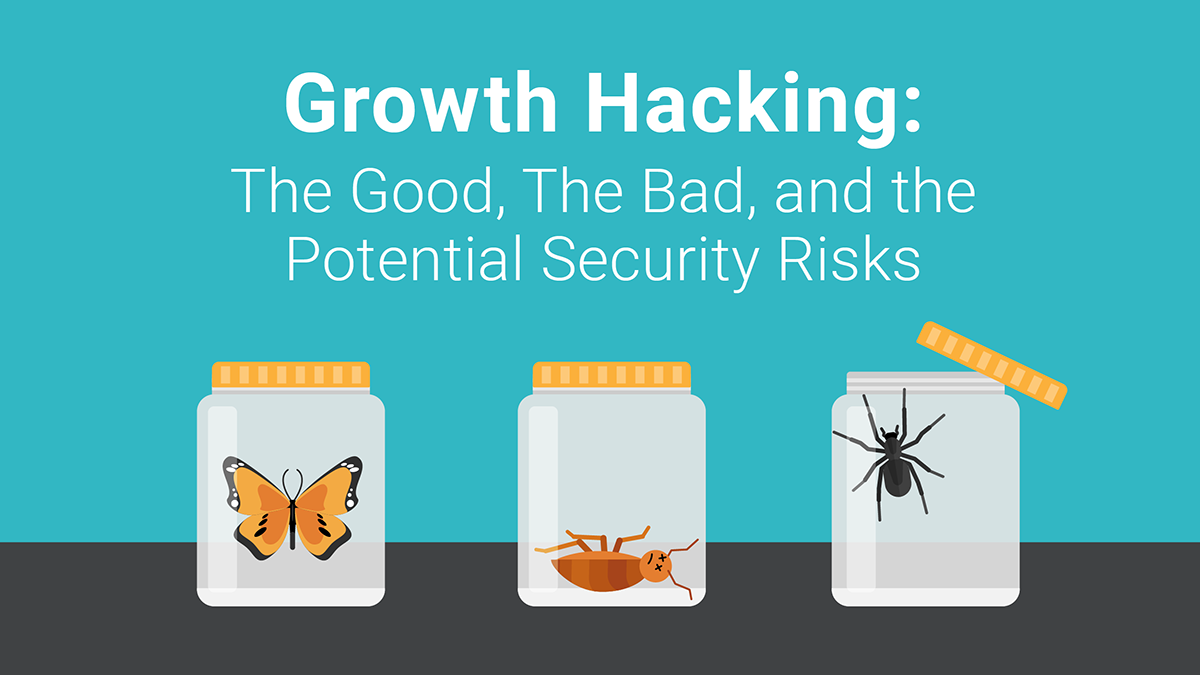A marketing trend that has become synonymous with hyper-growth is growth hacking. In our experience, often the scarcest resource at fast-growing organizations is employee time. When evaluating if allocating employees to experimenting with growth hacks, ensure you understand the opportunity cost.
This post looks at the top four pitfalls of growth hacking and the role Marketing should play in a high-growth organization.
Four pitfalls to consider before you try to take a shortcut
Growth hacking is the process of rapid experimentation across marketing channels and product development to identify the most effective, efficient ways to grow a business. With growth hacking (like every marketing trend) there’s the good, and then there’s the bull$hit. There is a lot of noise around growth hacking, so let’s start by separating the good from the bad.
There are growth hacking teams all over the world doing incredible work testing scalable marketing tactics. Unfortunately, for every legitimate growth hacker, there are three people masquerading as experts. However, at this stage, you are not looking for people who can give quick wins, without consequences. You need resources that build consistently over time and are meant to scale, with purpose.
Growth hacking promises a cheat code for scaling, but once the code expires, your company still sucks at the game. If you’re a startup, the promise of quick wins and immediate results seems amazing. SaaS startups, in particular, are under a lot of pressure and find shortcuts very appealing. Having worked at multiple SaaS startups I can vouch for this, but ultimately, shortcuts don’t pay off in the long run.
The Top 4 Pitfalls of Growth Hacking
1. Growth hackers are individual contributors, not team players.
Growth hacking often attracts people who enjoy being individual contributors and aren’t team players. Instead, they learn skills they can execute on their own. This translates into pioneering projects with little regard for other business units within the organization. For example, “We’re going to launch this program. It’s going to generate 10,000 new followers.” That’s great! Have you talked to Marketing about how they are going to capitalize on 10,000 new followers? Growth hackers often prefer flashy tactics, and that’s not how great teams are built.
2. Growth hacking tactics measure outputs not outcomes.
Beware of articles claiming:
- “The quick and easy way to increase your social media following by XX%”
- “How to 100X your something in two months.”
Many growth hacking tactics measure outputs instead of outcomes. Say you run a campaign to gain free trial signups for your SaaS product. What are you going to do with 100 new free trial signups? How many of those 100 trials become paying customers? How do those free signups drive revenue? You shouldn’t be able to 100X something; the company will crumble under the added weight. You want smart growth that aligns with your growth and hiring strategies.
Marketing goals should always align with revenue goals. Growth hacks may not consider outputs in terms of generating revenue for your company in the long term.
3. Growth hacking tends to require gray-area tools.
Growth hacks often rely on gray area tools that are potential security and privacy risks. Be wary of free tools that only require your username or authorization with your Twitter token. If you’re not paying for the product, then you are the product, and the cost of using the “free” tool is your data.
Furthermore, Facebook and Google are smarter than you. Since many growth hacks are essentially exploits, it’s only a matter of time before the platform you’re exploiting cuts you off. Whatever vulnerability the tool uncovers through Twitter, Facebook, or Google will be fixed in a matter of minutes or days. Fortune 100 companies have teams of engineers dedicated to fixing these problems.
4. Growth hacking promises quick wins.
Growth hacks are appealing to founders because they don’t require long-term planning. Of course, it’s tempting to put off creating a marketing plan and budget and instead upload your Twitter followers into a sketchy tool to generate 100 leads. However, this is intellectually lazy and doesn’t set your company up for sustainable growth.
Wrap Up: Marketing’s Role in Growth

Often, people forget to factor in employee time when they calculate the overall cost of a growth hacking tactic. If you decide the tactic you’ve chosen will take 10 hours, consider what else you could achieve in ten hours. What would be the comparative value if you phoned potential clients for 10 hours? It’s likely more worthwhile than a bunch of web views or Twitter followers.








